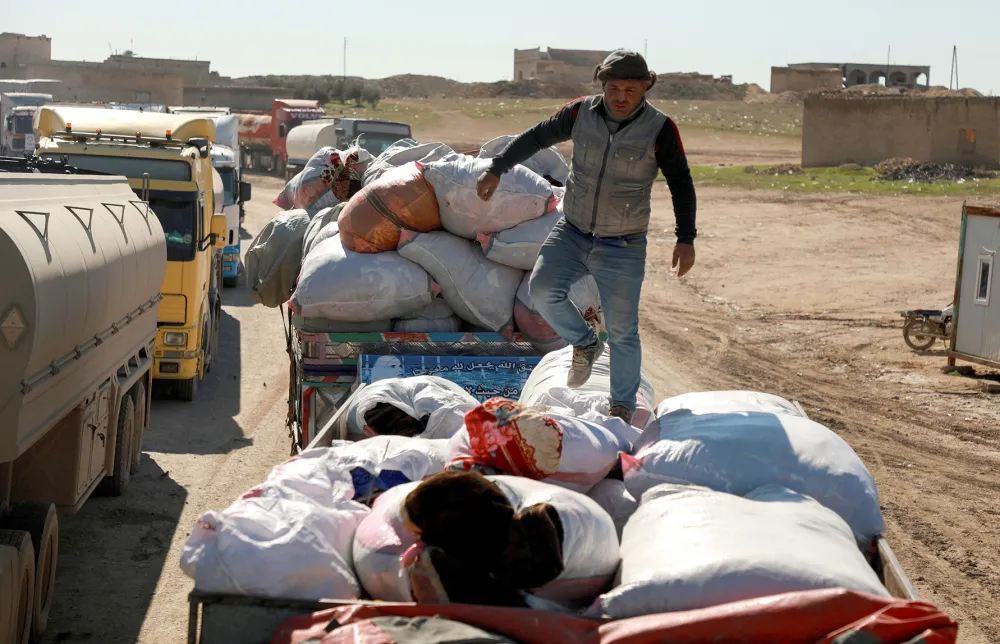
A recent article by Rana Khoury and Emily Scott of the New Humanitarian posits that international aid organizations and NGOs have played a pivotal yet contentious role throughout the Syrian conflict. While their efforts have been vital in alleviating human suffering, the mechanisms and systems intended to provide humanitarian aid have often become entangled in political machinations, serving as tools for various parties to exert influence and control.
The United Nations Office for the Coordination of Humanitarian Affairs (OCHA) reports that 5.1 million people reside in northwestern Syria, with 4.2 million needing aid and 3.6 million experiencing food insecurity. The region hosts 1,904 camps for internally displaced persons (IDPs), with conditions ranging from lack of food aid and medical facilities to inadequate shelter and education.
Despite these dire needs, the delivery of aid has been marred by politicization. Various factions within Syria and international stakeholders have used humanitarian aid as a means to exert power and control. Aid routes, such as Bab al-Hawa, have become political bargaining chips, with access often contingent on negotiations that reflect broader geopolitical strategies.
Research indicates that international aid systems reinforce imbalances in power. Local Syrian organizations, though instrumental in delivering aid, often find themselves in secondary roles, with international NGOs and UN agencies retaining control over funding and decision-making. This dynamic perpetuates dependency and limits the ability of local actors to lead and innovate in response efforts.
Interviews with 250 local and international aid workers reveal a system wherein local actors are heavily relied upon for their access and risk-taking capabilities but are seldom given leadership roles or adequate funding. This power imbalance is evident in the structure of international-local partnerships, where local organizations are often seen as implementers rather than decision-makers.
For example, local Syrian NGOs receive limited direct funding from international sources, despite being the primary responders to often dangerous crisis situations in the liberated areas. These organizations face short project timelines, insufficient budgets, and significant security threats, all while striving to meet the escalating needs of their communities.
“Capacity building,” intended to empower local organizations, frequently traps them in a cycle of training and compliance with “international standards,” rather than fostering true independence. Syrian relief workers, although becoming proficient in monitoring and evaluation, struggle with the lack of basic funding necessary for sustainable operations. This dependence on international donors often diverts attention from immediate humanitarian needs to administrative requirements.
To break this cycle, say Khoury and Scott, international aid organizations must rethink their approach. Localization should not merely be about compliance with international norms but should genuinely transfer power and decision-making authority to local actors. This involves recognizing the legitimacy and expertise of local organizations, providing them with the necessary resources, and allowing them to set their own agendas.
Local aid workers, who live through the same crises as those they help, possess unique insights and capabilities. Their proximity to affected communities and their ability to navigate local dynamics make them invaluable leaders in humanitarian response. However, this potential remains underutilized due to the current structure of international aid.








